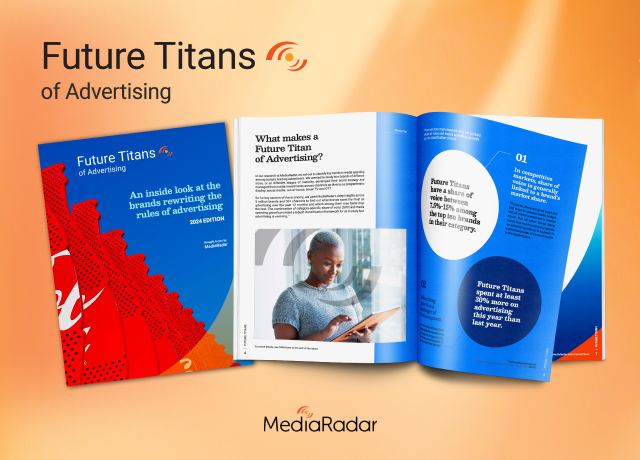YouTube has never taken the challenge of OTT lightly. While there has been plenty of speculation on how online video’s patriarch will fit in the new connected TV landscape, the company’s renewed focus on ad revenue makes the answer clear: quite well, thank you.
With original shows and an ad-supported strategy, YouTube will continue to offer new inventory to advertisers. This means it’s more important than ever to take stock of the advertising landscape within the ever expanding world of YouTube. In this post, we look at who is spending what on the platform.
YouTube’s Top Advertisers and Industries
YouTube has seen its advertising revenue become more heavily consolidated among two specific industries: Media/Entertainment and Tech.
Collectively, the two industries accounted for 59 percent of advertising dollars spent on YouTube in Q2 2019 — this is up from 46% the same time last year. This is nearly a 30 percent increases year-over-year.
Outside of Media/Entertainment and tech, automotive companies have also increased their spend YoY. In contrast, retail has decreased ad spend on YouTube compared to last year.
In the first half of 2019, the top advertisers on the video platform were:
In the same time period, the top five channels with ad buys (excluding the homepage) were:
That’s for the first half of this year. If last year is any indication, we will see advertising spend on YouTube increase across the board just in time for the holiday season. In 2019, ad spend on the video platform increased by over 25 percent (quarter-over-quarter) for the last quarter.
Where YouTube Stands With Advertising
It’s no secret that YouTube ads are getting longer and more prevalent. As we wrote in past coverage, people don’t really hate ads — they just need them in the right context. It’s a problem that online video advertising is addressing year by year, YouTube included.
While the Google-owned company continues to promote its Premium version and original content, it is also constantly tweaking and expanding ad offerings to boost revenue.
Late last year, for example, the platform started testing ad pods: two skippable ads served back-to-back. “YouTube says advertisers are seeing greater reach and frequency when their ads are shown in pods,” reports Amy Gesenhues at MarketingLand. In the same way traditional TV is finding ways to reduce ad load while boosting revenue, YouTube is trying to strike that balance. “YouTube says its research has shown that fewer ad break interruptions correlate with better user metrics, including lower rates of content abandonment and higher rates of ad viewing,” writes Gesenhues.
Put another way, video ads will only get more targeted and strategic as they grow. According to a report from Forrester, advertisers will spend over $100 billion on video ads by 2023. By 2032, online video’s portion of ad spending will eclipse that of traditional TV. YouTube is sure to be a big part of that.





